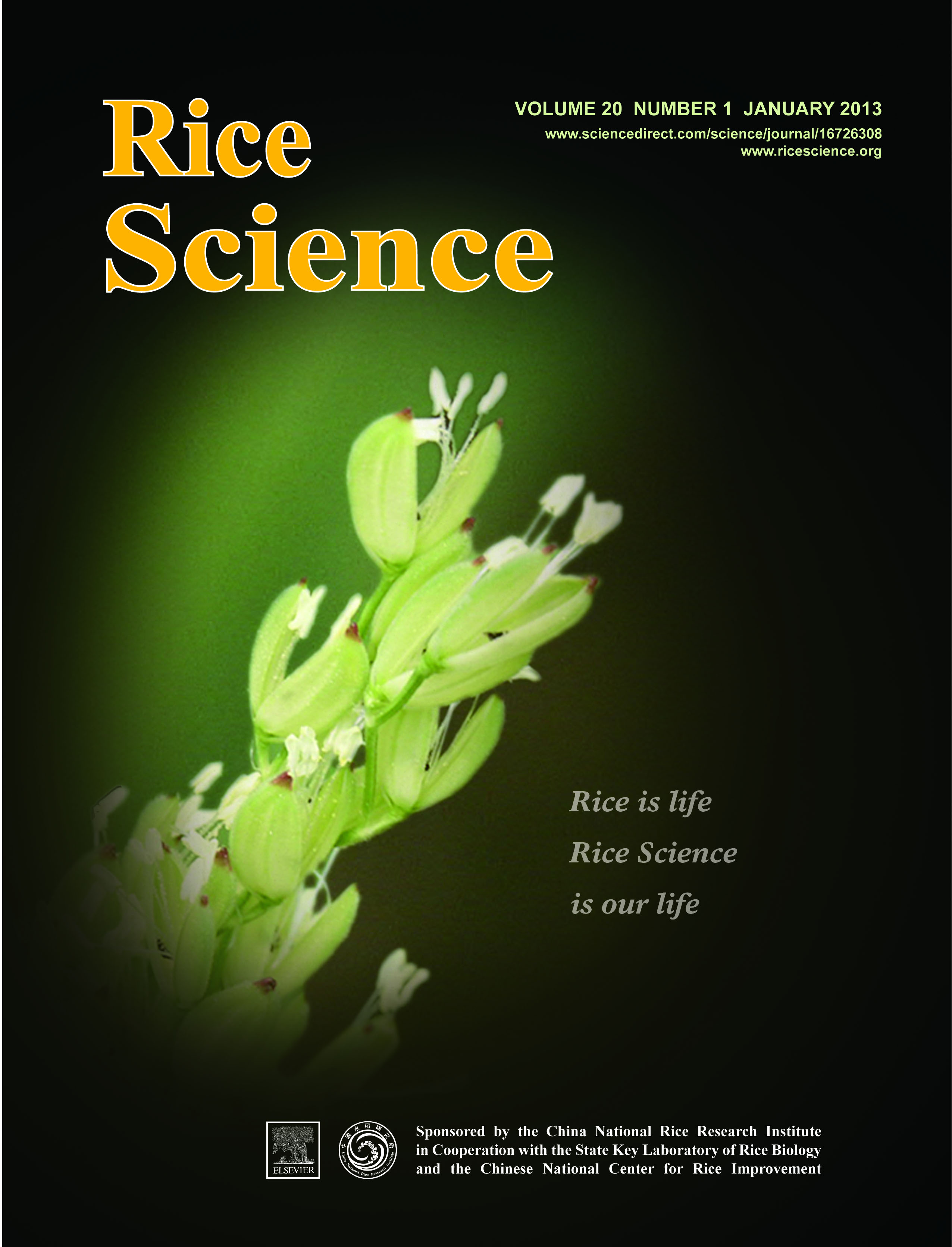The plasmid of pCDMARUBA-Hyg, which contained two insect-resistance genes, sbk (modified from Cry1A(c)) and sck (modified from CpTI), was transformed into an Agrobacterium EHA105 for infection of the calli of a super japonica rice Nanjing 45. Primarily, using polymerase chain reaction (PCR) detection with the primers of sbk and sck genes, 42 positive transgenic plants that were marker-free and contained the two target genes were selected from 97 regenerated plants. Results of southern-blotting indicated that 23, 11, 5, 2 and 1 plants had one, two, three, four and five copies of the transformed genes, respectively. Analysis of reverse transcription PCR (RT-PCR) and Bt gene testing paper showed that 28 T3 generation plants derived from four transgenic plants having a single copy were insect-resistant. Feeding experiment with rice stem borer revealed that the insect resistance was greatly increased with the larva mortality ranging from 94% to 100%. In addition, among the transgenic plants, three T3 transgenic plants possessed some desirable characteristics for breeding and production, such as plant height, seed-setting rate, 1000-grain weight and larva mortality. The mechanism of insect resistance of Bt gene and its application in rice transgenic research were also briefly discussed.

